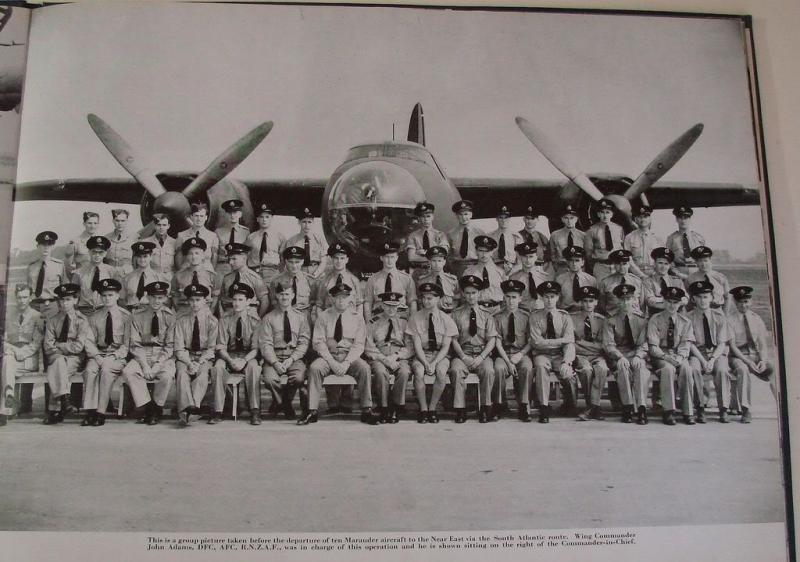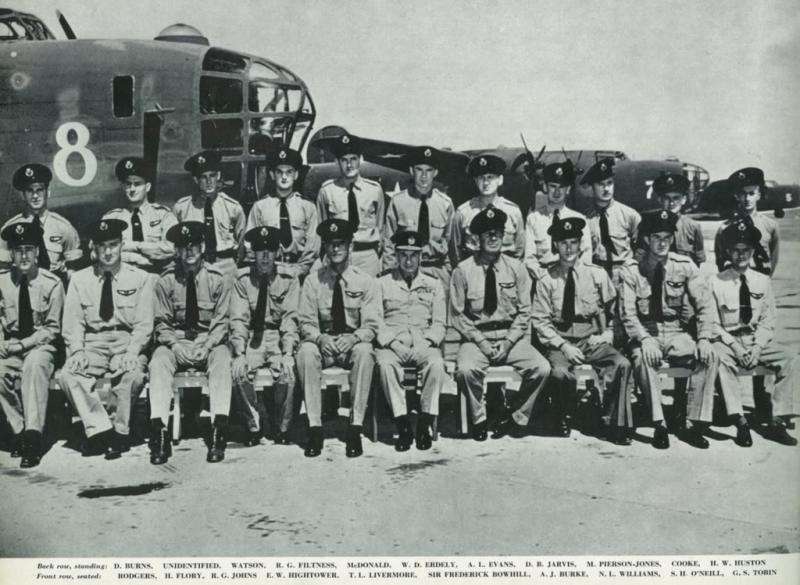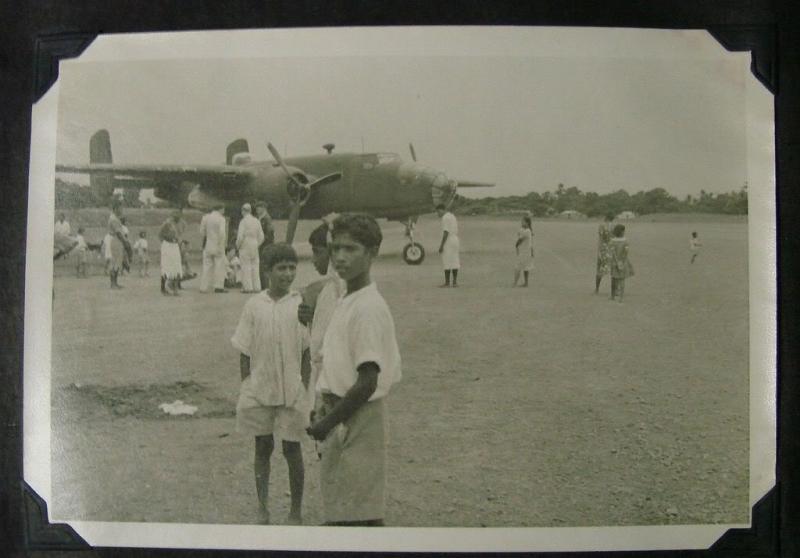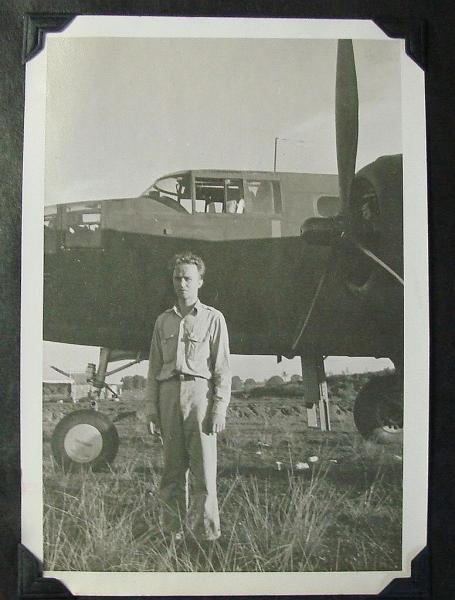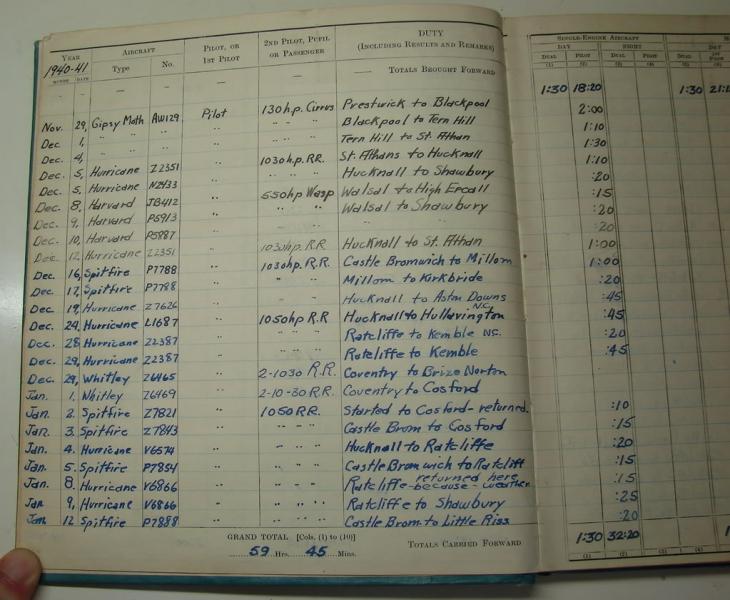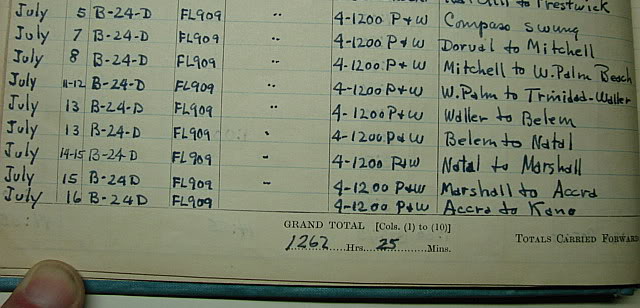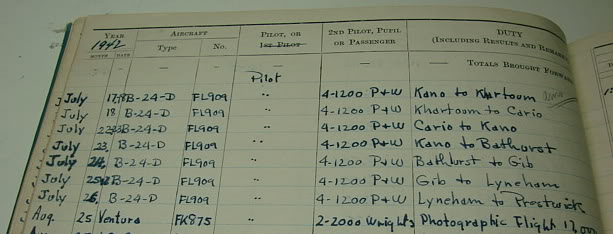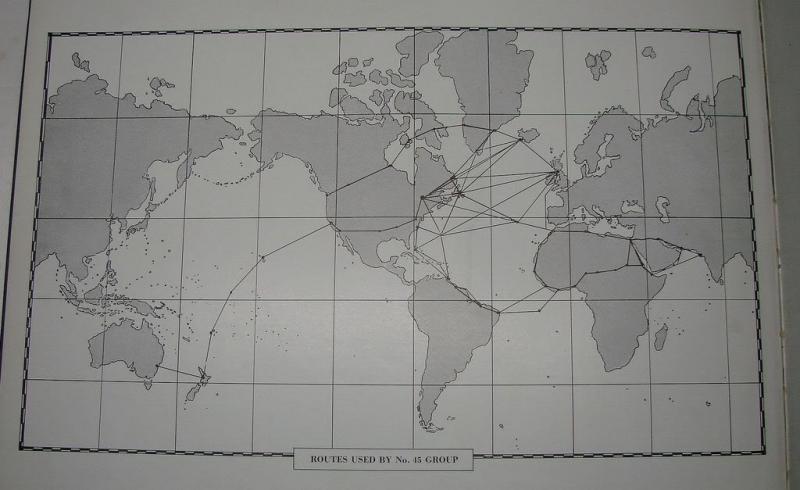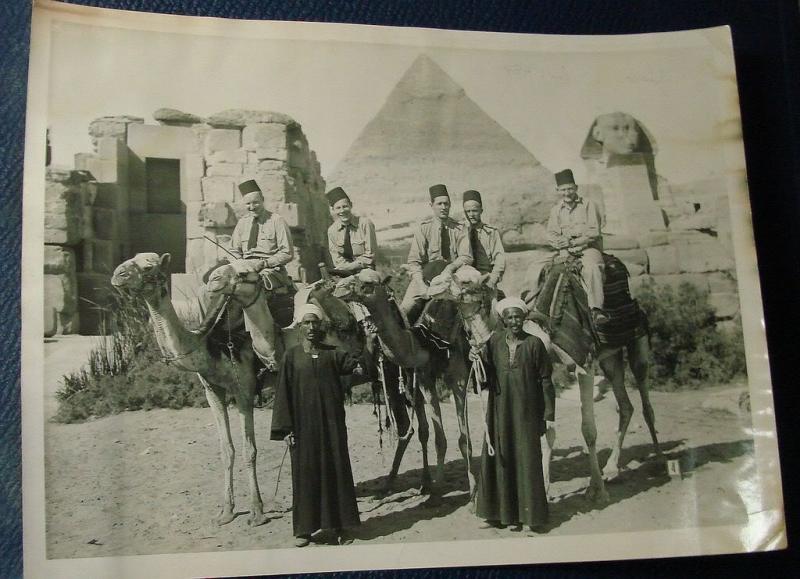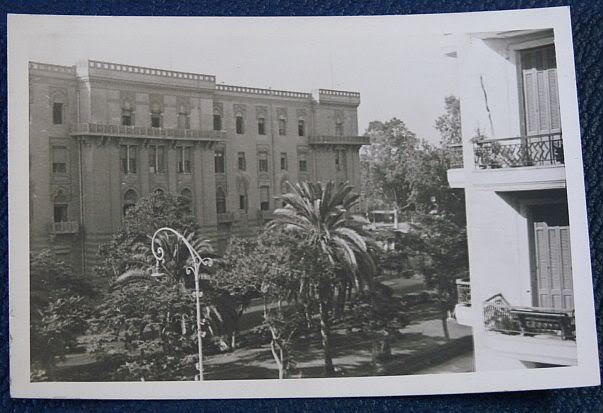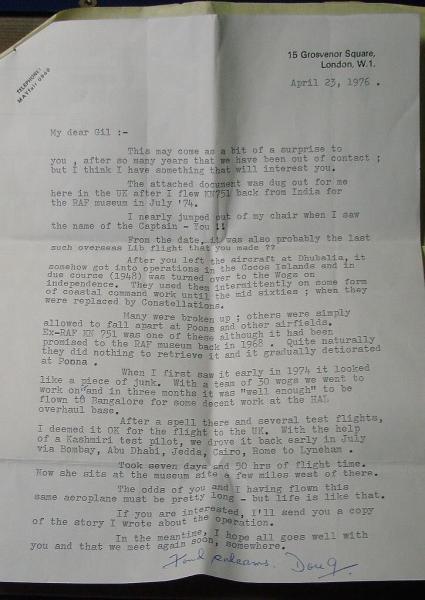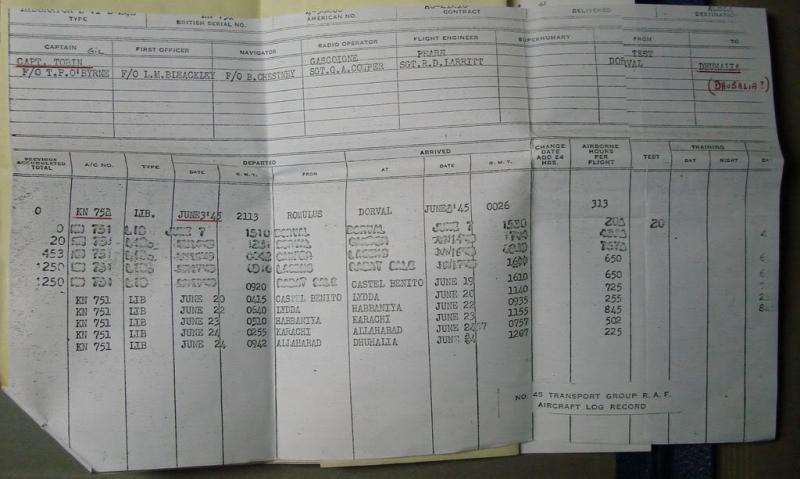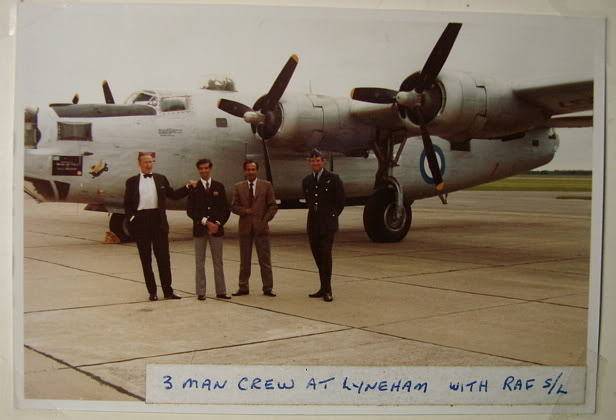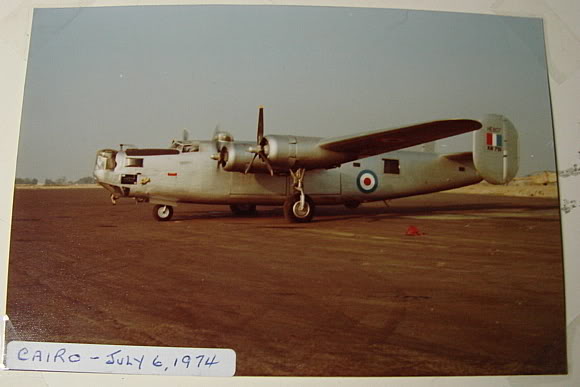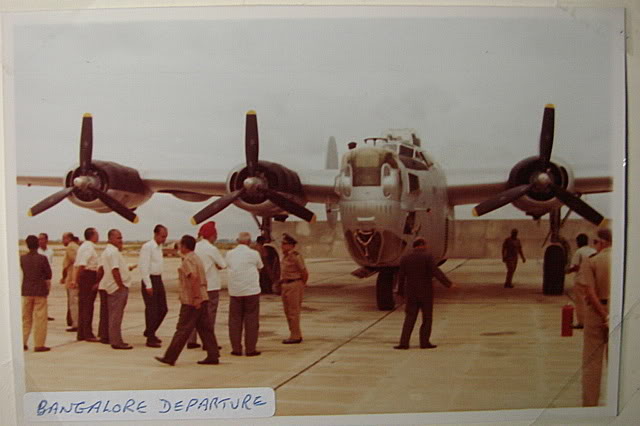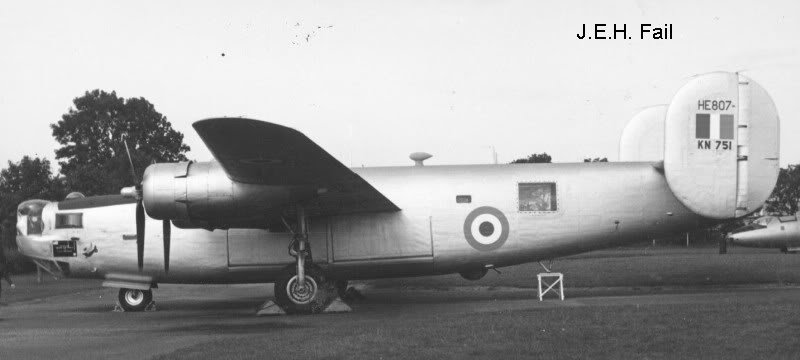-
Legacy Member

I agree. Awsome pistol, rig and provenance.
-
-
03-25-2009 11:49 PM
# ADS
Friends and Sponsors

-
Legacy Member

-
The Following 2 Members Say Thank You to drm2m For This Useful Post:
-
FREE MEMBER
NO Posting or PM's Allowed

42 Colt
That is an extremely nice example of the early 42 Colt service pistols. I have observed that pistols around the serial number range of yours exibit parkerizing that is lighter in color that pistols made later in the same year. Congratulations on a fine grouping.
-
Legacy Member

Thanks for all the positive comments regarding this rig.
I tripped over this stuff quite by accident as is sometimes the case.
The vet died on August 17 1979 and the rig was left to his youngest son who has no interest in firearms.
The fact that he was moving and had two teenage sons caused him to either turn in the guns he inherited to the police or dispose of them very quickly.
The classic example of I no longer want any guns in my house.
As part of this exercise I also picked up a rather decent Model 1884 Trapdoor rifle –dated 1893 “ramrod bayonet model” with a late serial number 561529.
I guess lady luck was by my side that day.
David
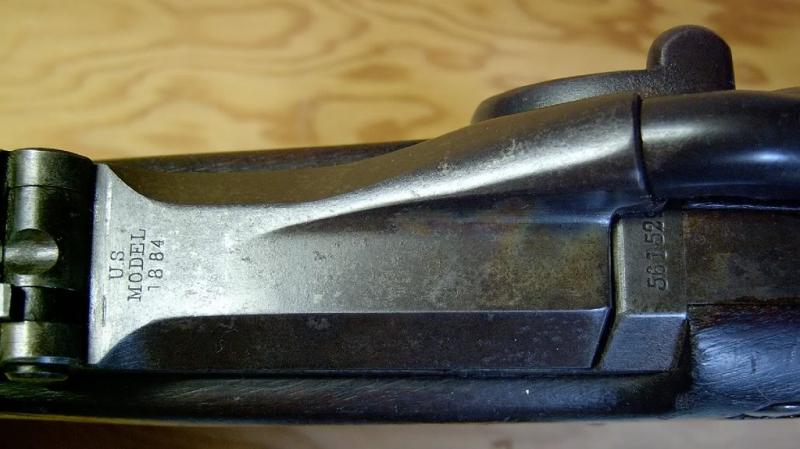

-
-
Legacy Member

Why did I post this….because it sort of ties into the story of Capt. Gilbert S. Tobin the vet that brought the 1911A1 rig shown in the posts above.
This post does not deal with the guns…..but with some history
I just finished reading this book titled “Bombers Across”, second printing in June 1944, written by Capt. Edgar J. Wynn.
(Click on the images to enlarge them!)
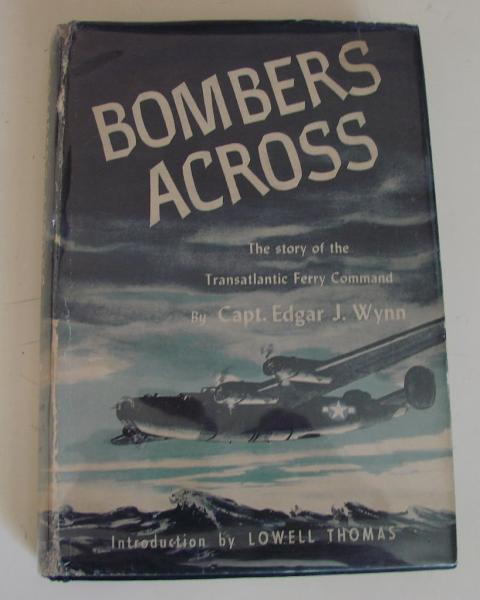
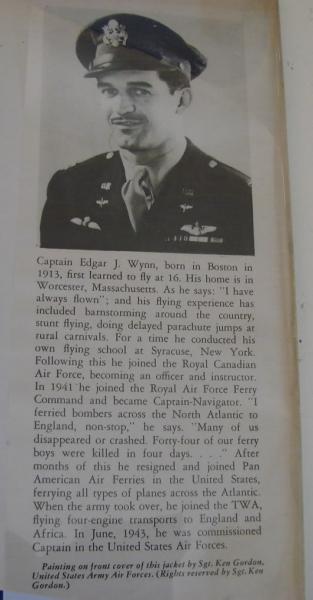
This book that was lent to me by Tobin’s son is a very interesting read….Wynn really does a great job in describing what these pilots went through flying both the Northern and Southern trans-Atlantic routes.
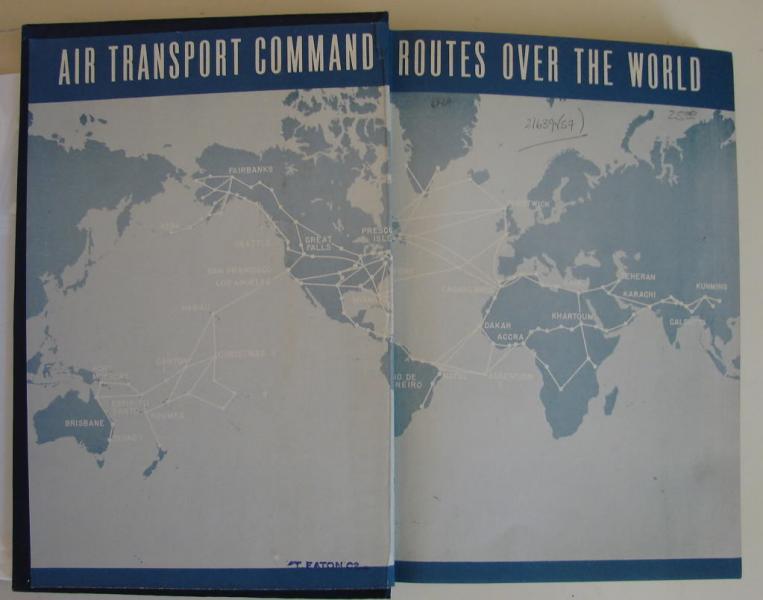
Wynn, also an American from Boston flew out of Montreal in the early days ….. some of the same North Atlantic routes as Tobin who hailed from New Jersey.
In January1940, he became a sergeant-pilot in the RCAF and started on the trail that led by devious and exciting ways to flying the oceans as a ferry pilot.
He comments…”the year and a half I spent in the RCAF was one of the most profitable periods in my life.
I considered myself a good pilot when I left the United States , but I learned more about flying with the RCAF than I could have in ten years of ordinary civilian flying”.
, but I learned more about flying with the RCAF than I could have in ten years of ordinary civilian flying”.
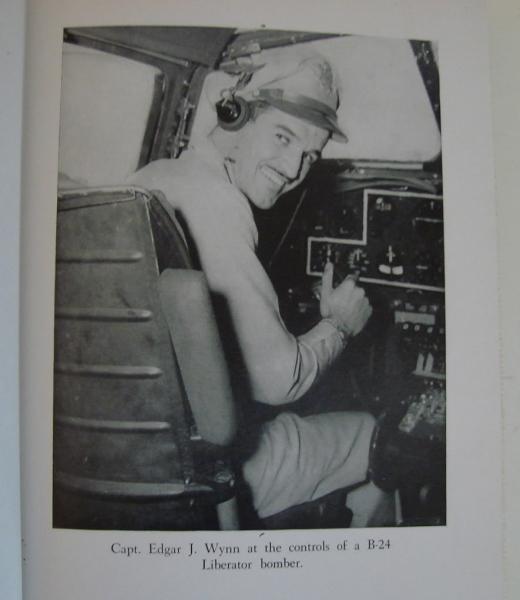
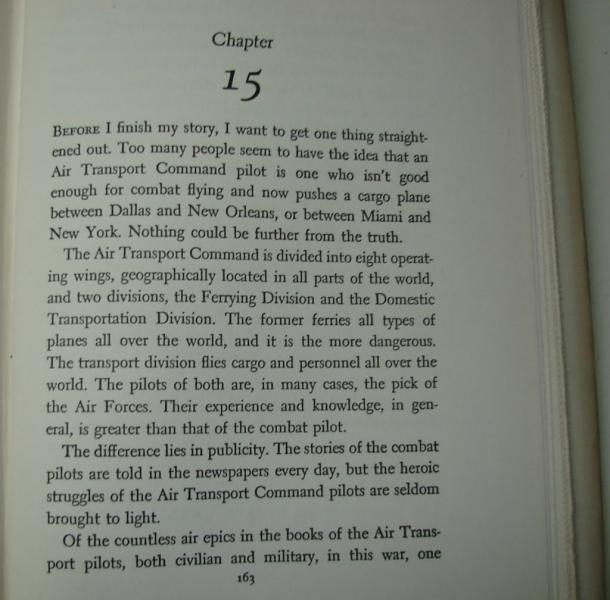
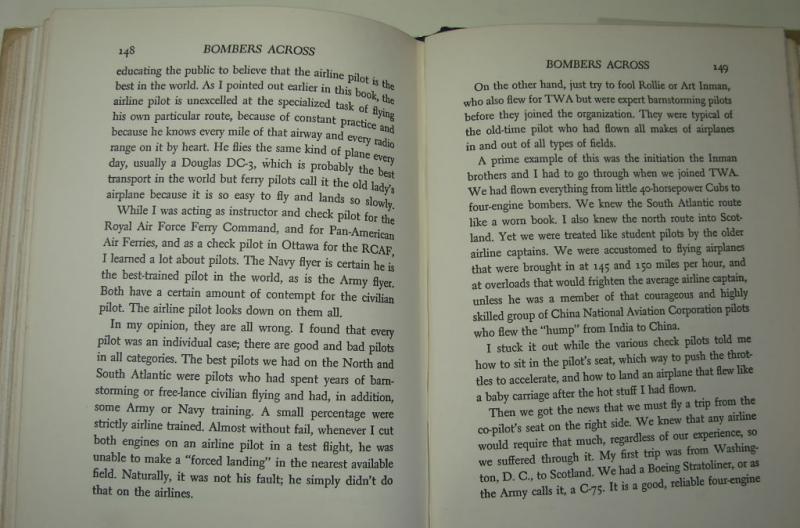
Two of the names mentioned in Wynn’s book, Tom Livermore and Bob Perlis are fellows that I have photos of with Tobin (from his personal photo album) while they were ferrying aircraft in England 1940/41 before Tobin started flying the Trans Atlantic routes.
1940/41 before Tobin started flying the Trans Atlantic routes.
Tom Livermore from Tampa Florida was killed during the last months of 1942, in Trinidad, while he was flying in command of a Liberator bomber of the RAF Ferry Command.
From left to right in the photo below; Tobin, Perlis, Livermore.
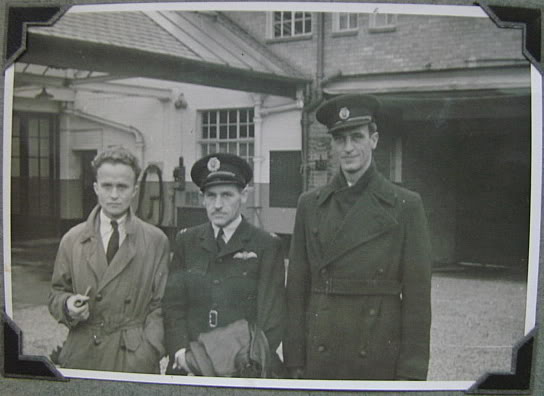
Tobin (left) and Livermore in England.
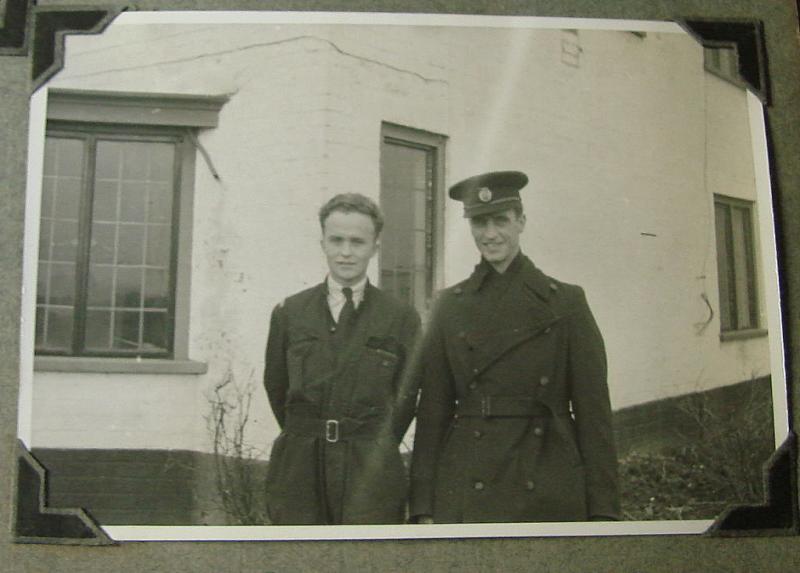
Reference to Livermore and Perlis in his book.
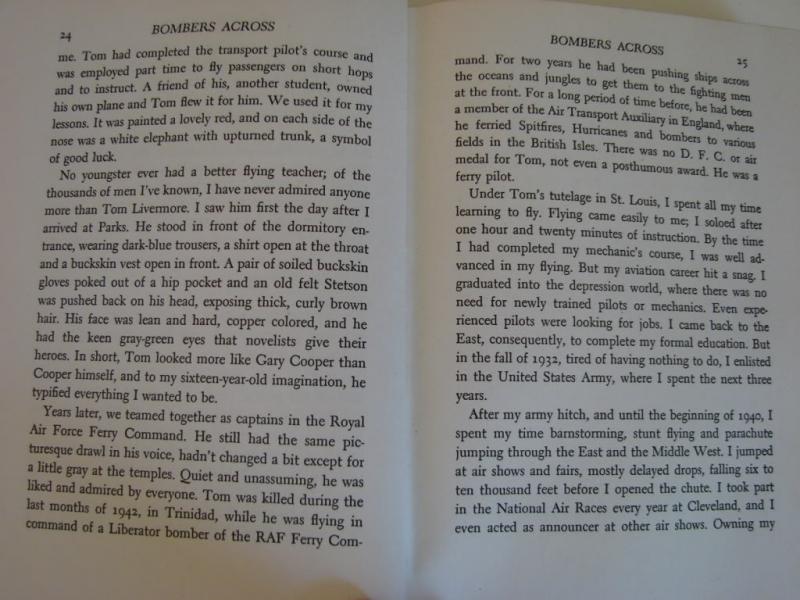
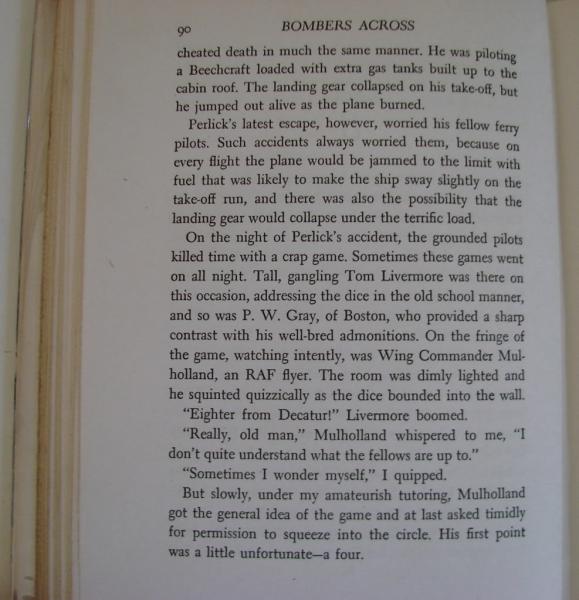
Photo of Tobin and Perlis in the RAF book.
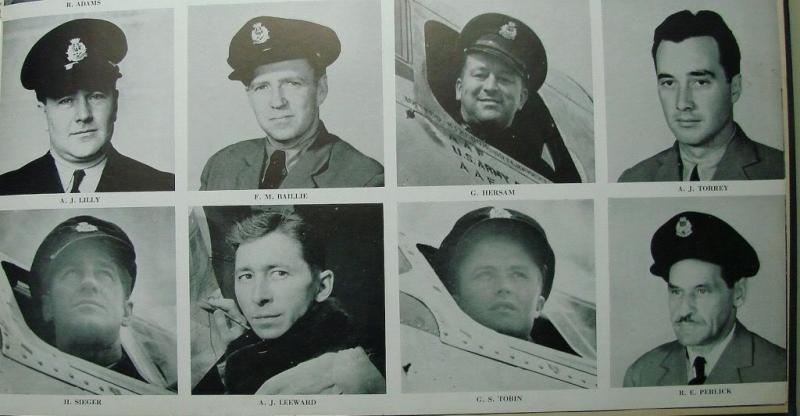
In late 1941 Wynn quit the northern route because of the extreme weather of those latitudes which had aggravated sinus ailments of long standing, and there had been appealing letters from some of his friends who had resigned to go with Pan-American’s southern route to Africa.
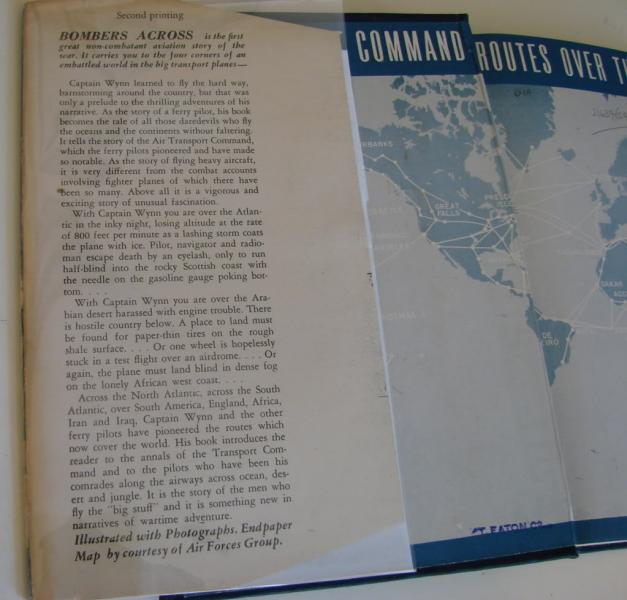
His first flight with Pan-American Air Ferries was on around December 7th 1941 just after news of Pearl Harbour.
He continued flying the southern Atlantic routes with them until November 1942 when he joined TWA.
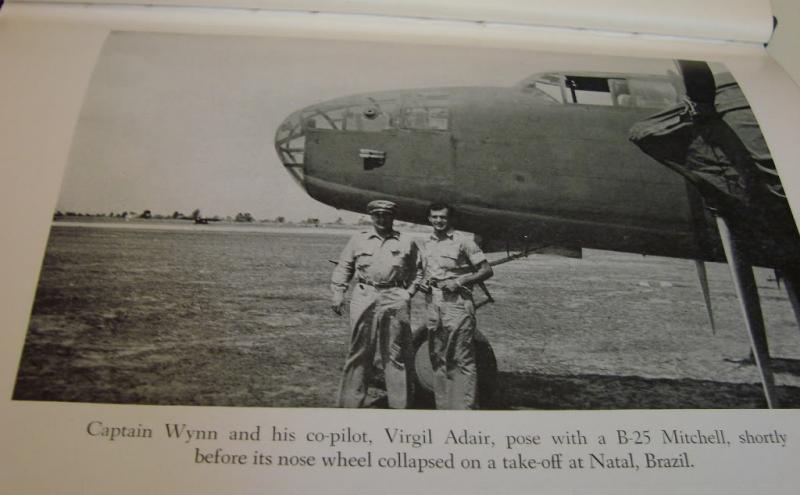
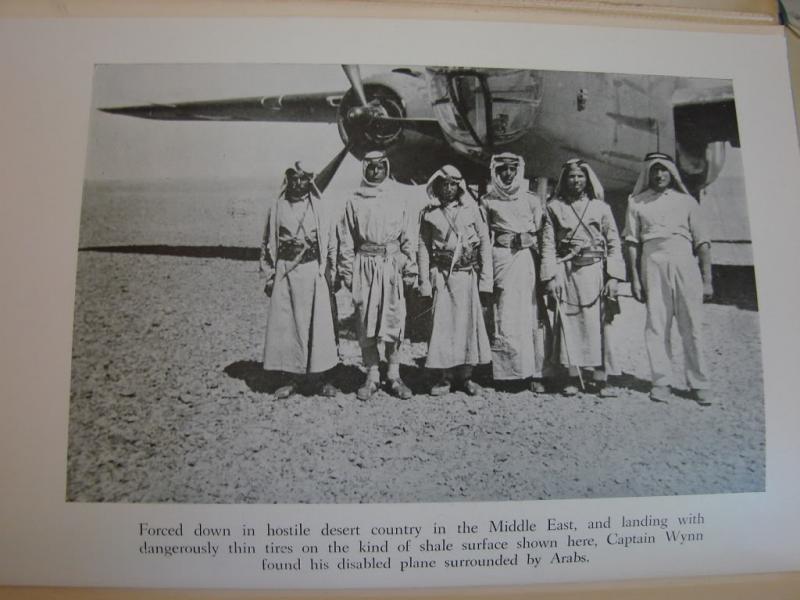
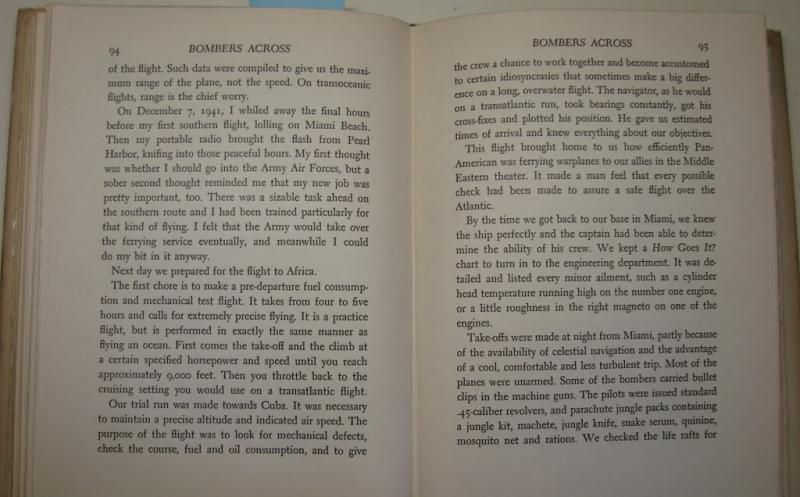
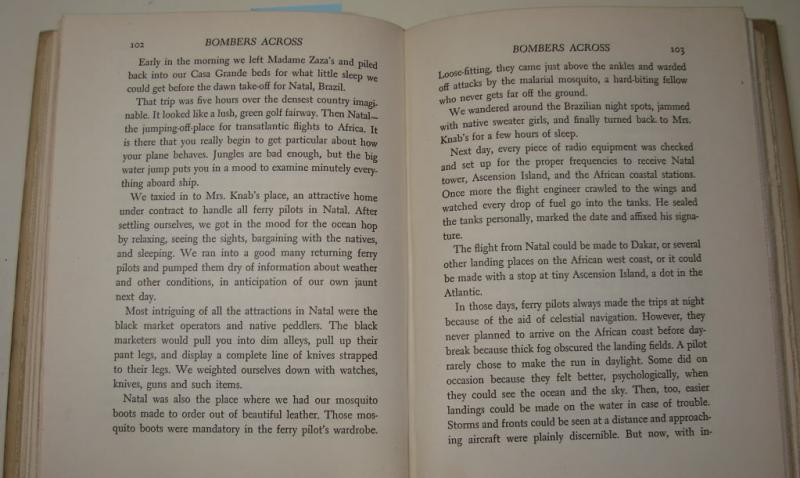
His first flight with Pan-American Air Ferries was on around December 7th 1941 just after news of Pearl Harbour.
He continued flying the southern Atlantic routes with them until November 1942 when he joined TWA.
An account of a Marauder going down in the jungle with a reference to the Arabs around the plane in the photo above.
Apparently these Arabs were associated with the British military in some way.
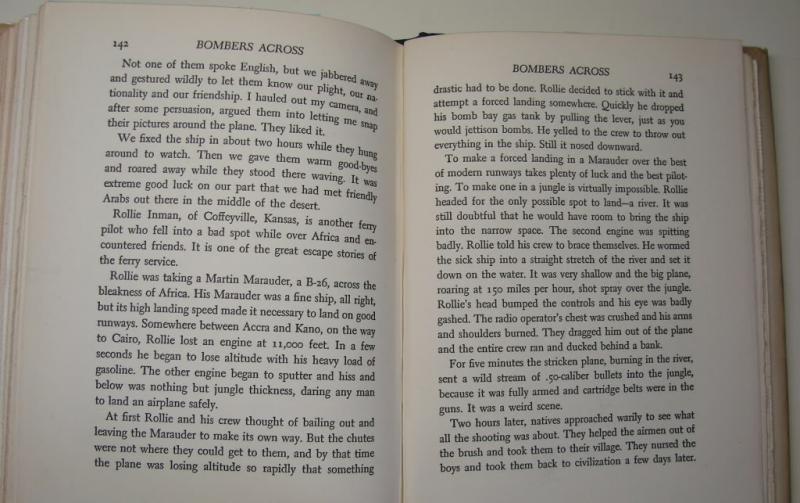
There are references to sidearms being worn on flights to Africa or other southern transatlantic destinations over water or jungle areas where bailing out might have been a possibility.
The list of supplies on these flights also seemed to include one shotgun and parachutes.
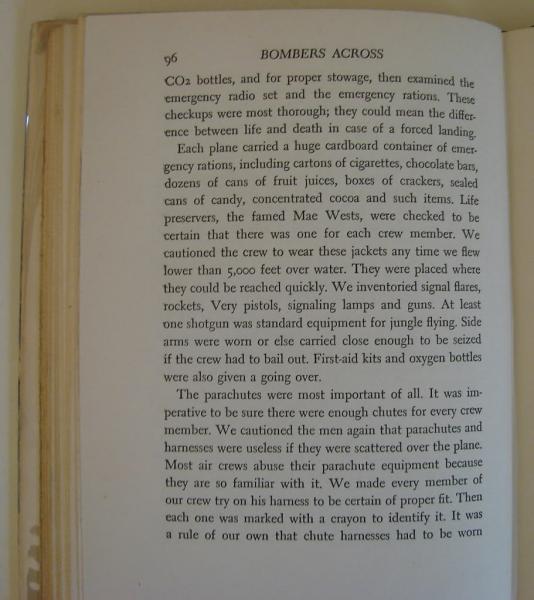
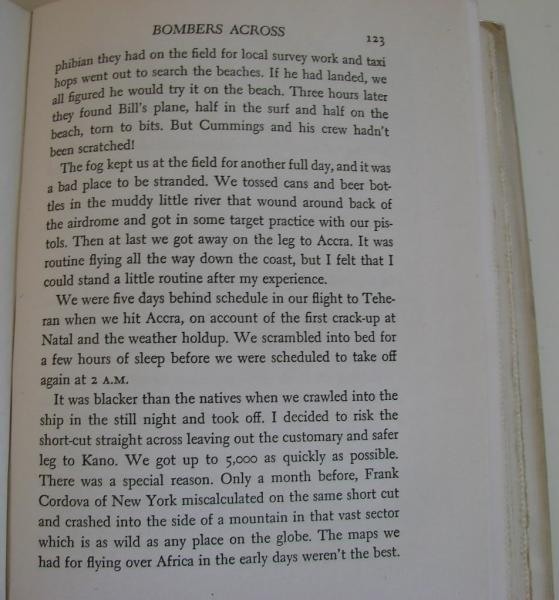
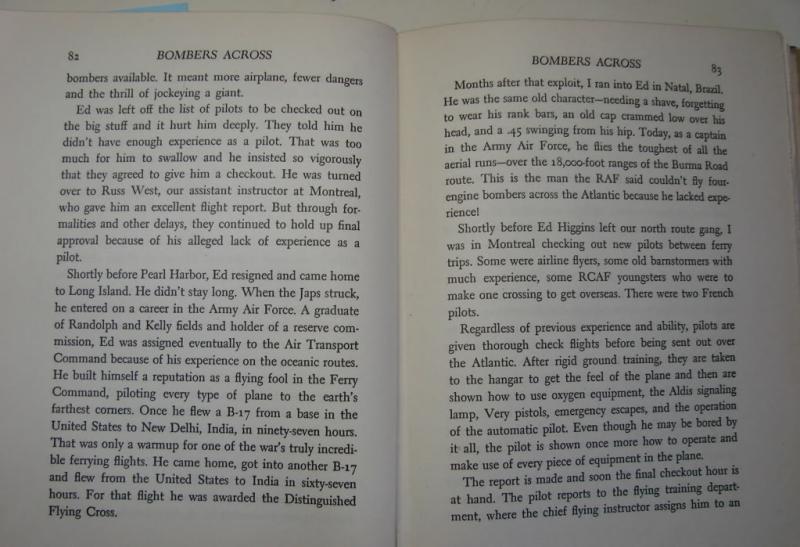
Some other stuff in the book.
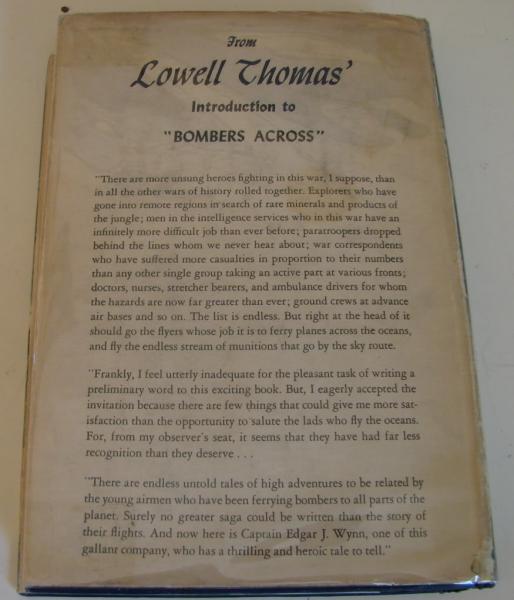
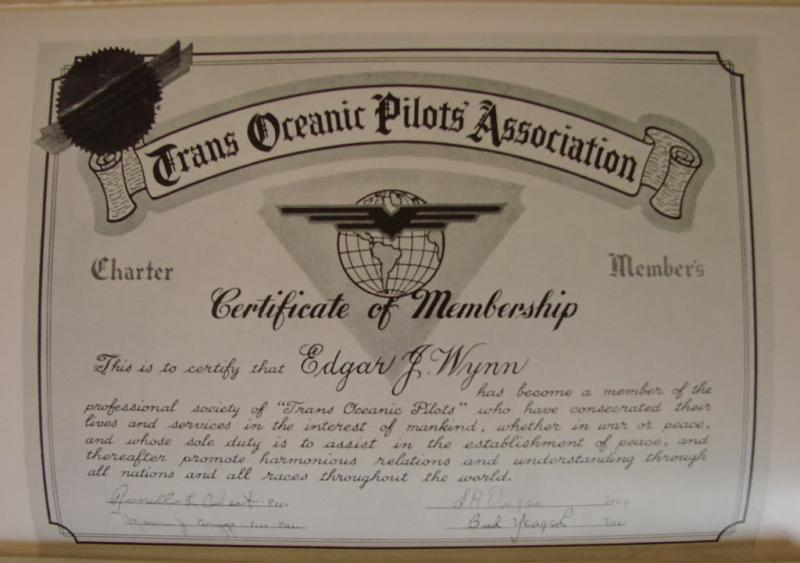
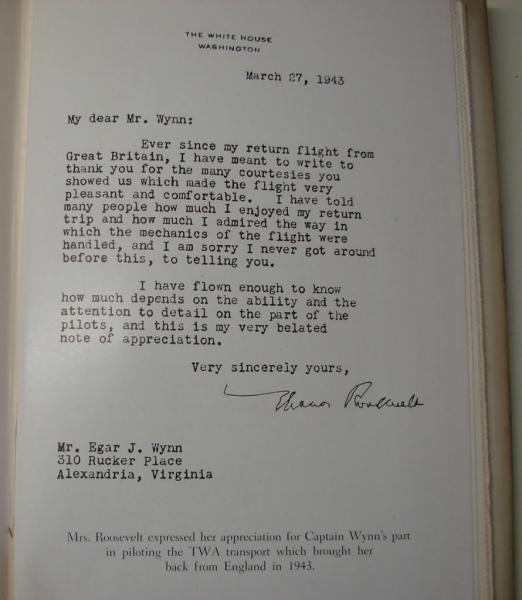
Tobin's rig that started me on this quest.
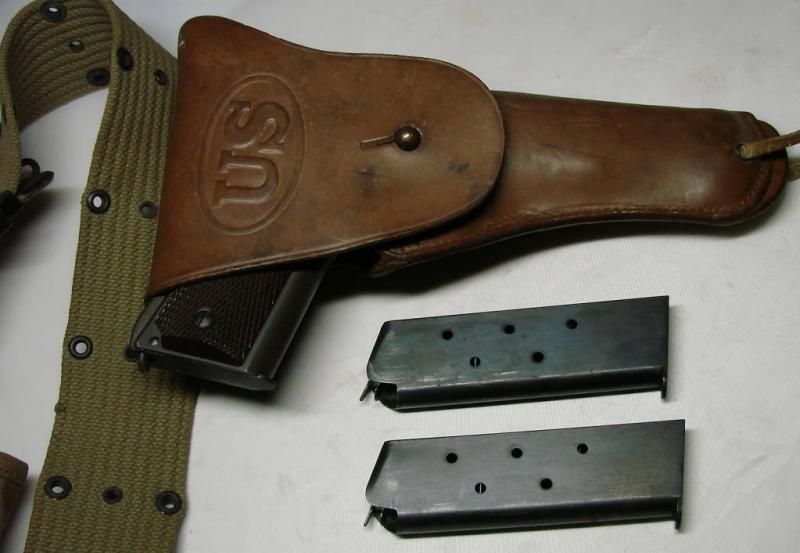
David
Last edited by drm2m; 04-13-2009 at 09:13 PM.
-
-
Legacy Member

-
-
Legacy Member

Some more photos from Tobin's photo album and some historical background on Cairo during WWII under British occupation.
The return trip.
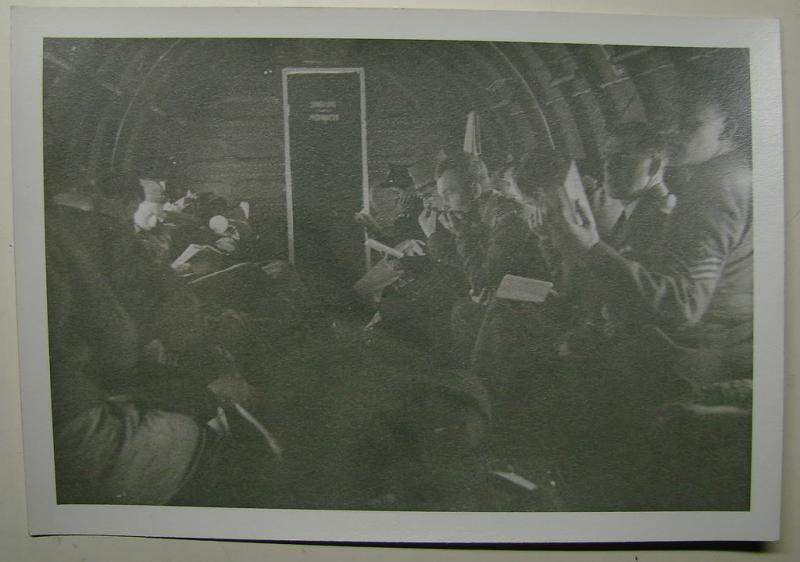
Tobin on the way home.
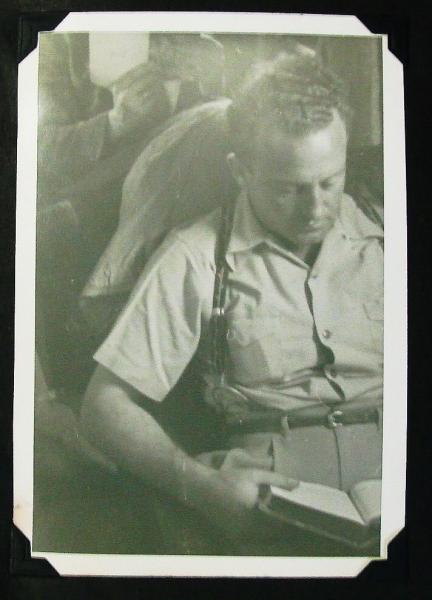
The run to Australia .
.
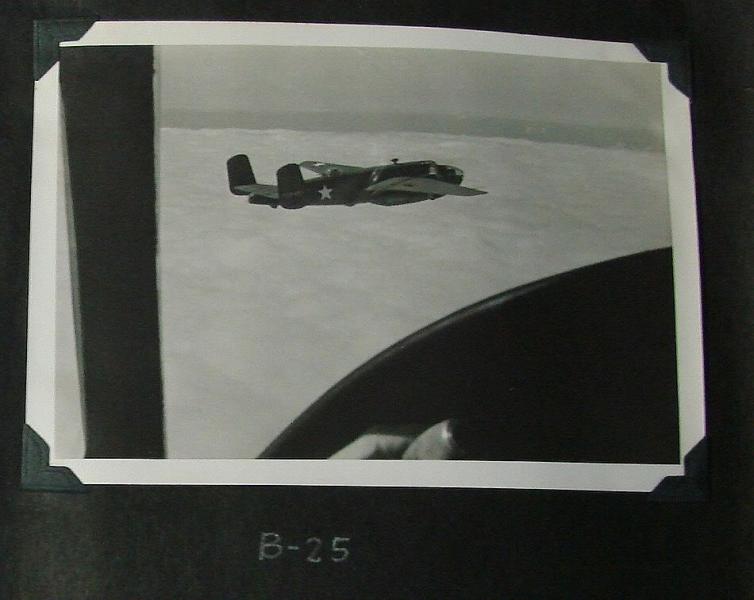
Cairo.
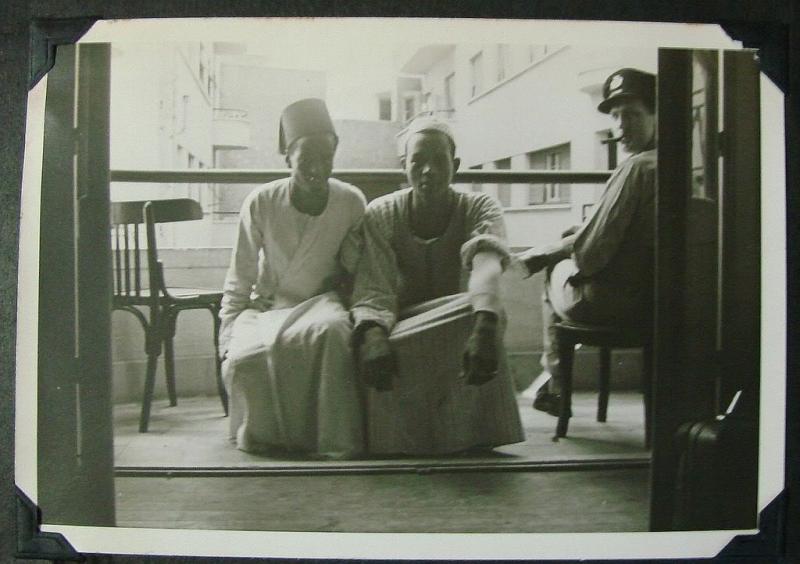
The return trip from Cairo.
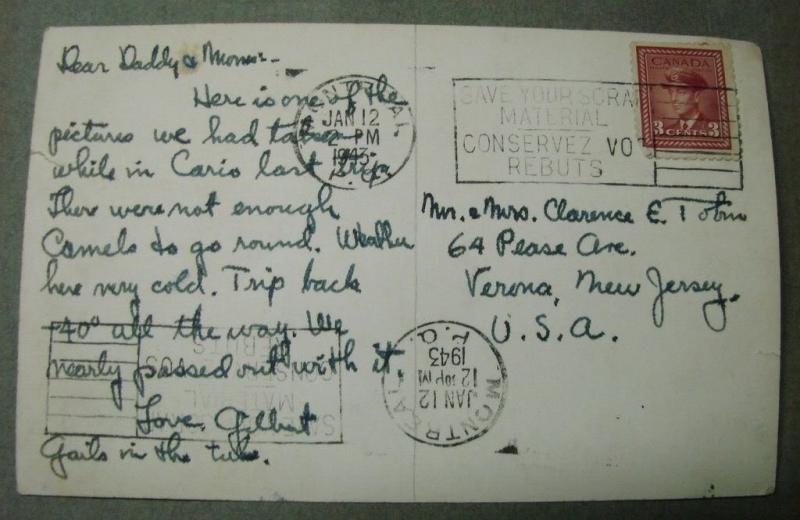
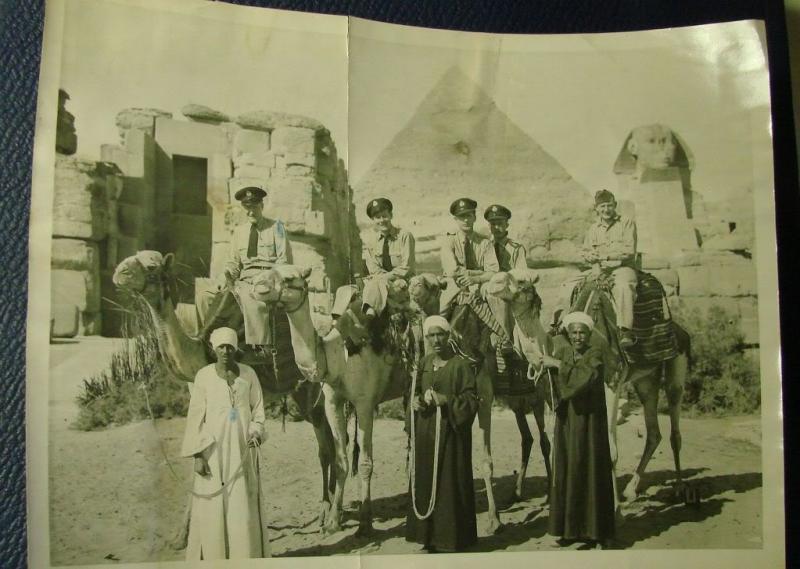
Rabat cafe-Morocco.
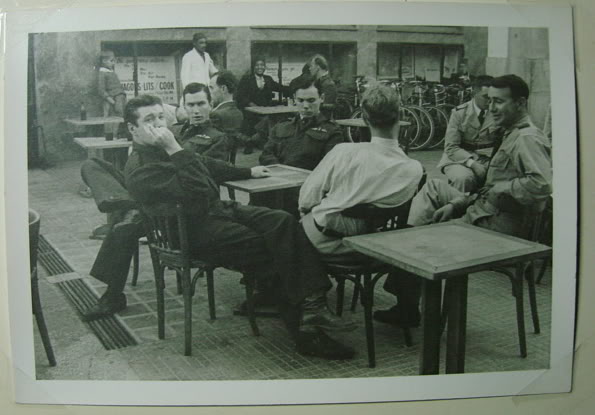
Gibraltar.
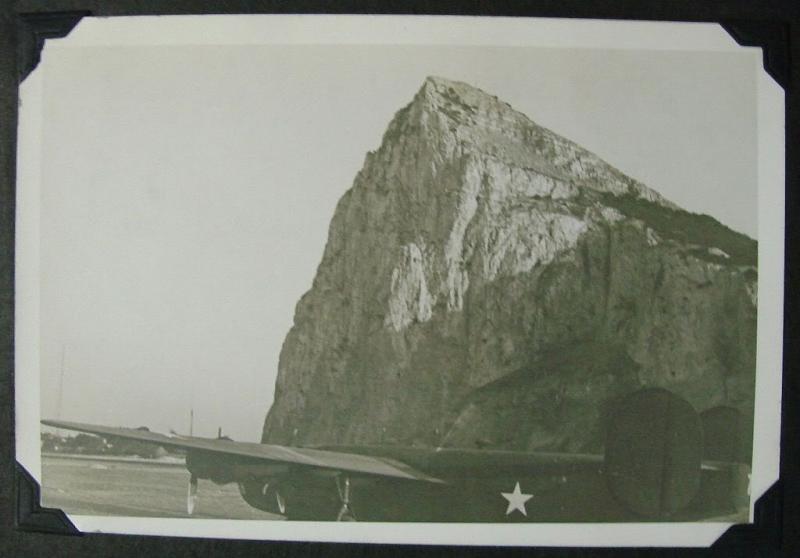
Cairo.
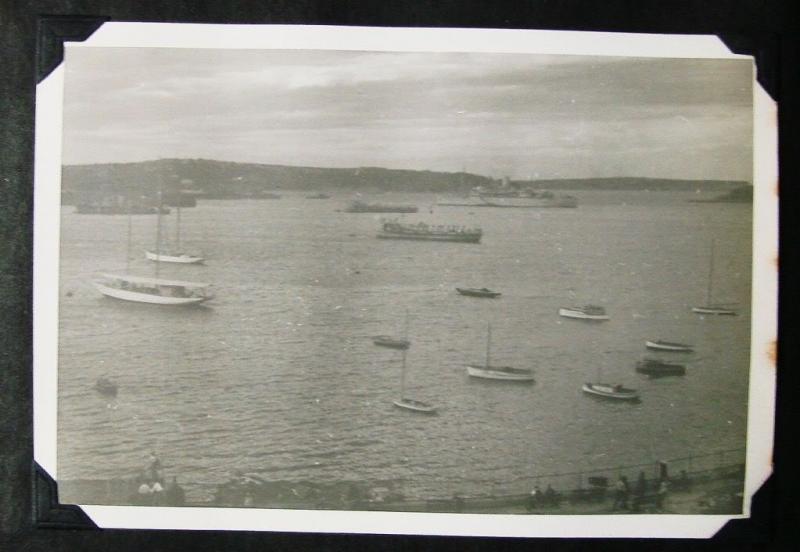
Having fun.
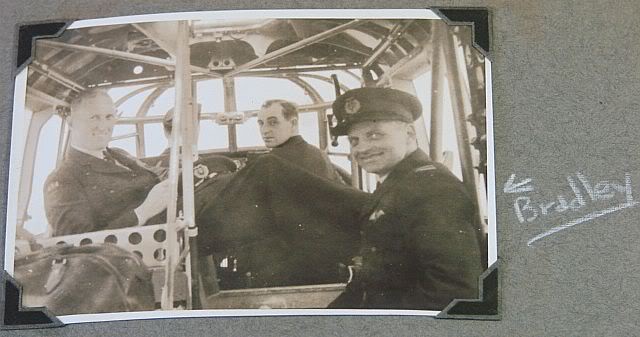
More having fun....the boys on the town.
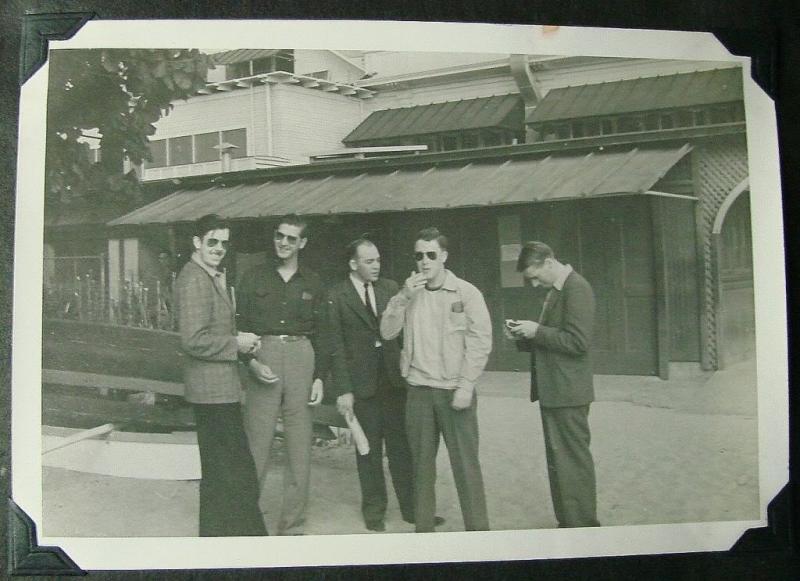
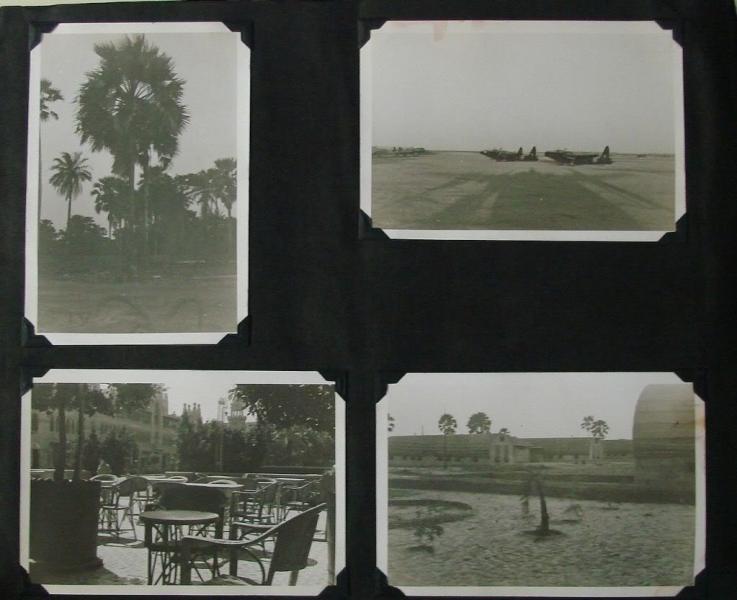
The Ritz.
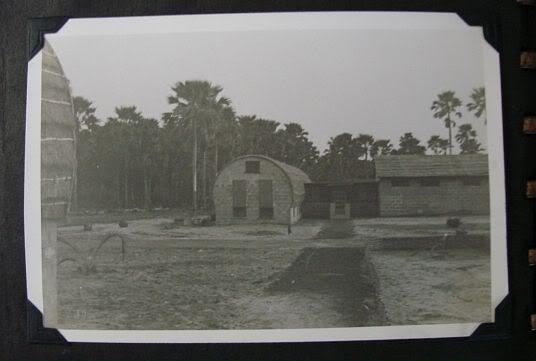
Basra-Iraq.
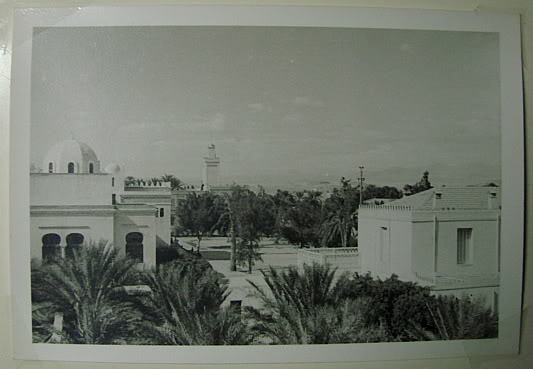
Dr. K. Barradas's Venerial clinic.....Cairo.
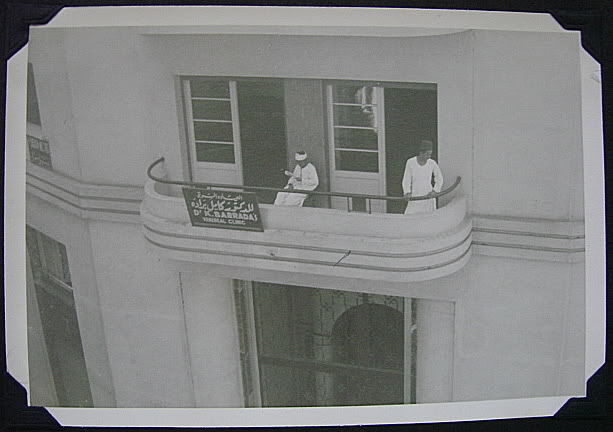
A mascarade party.
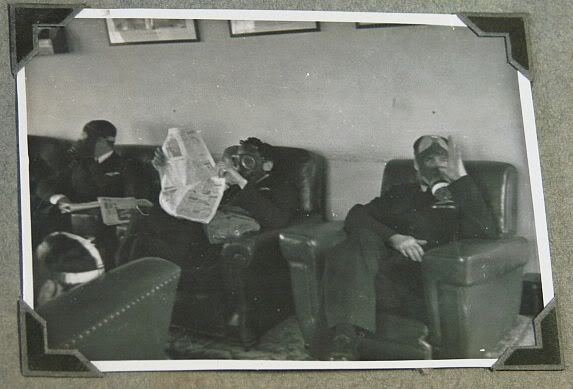
WWII Excerpts from "Cairo, Biography of a City"
by James Aldridge
“The Turf Club swarmed with officers newly arrived from England , and a dozen open-air cinemas were showing every night in the hot, brightly lit city…We had French
, and a dozen open-air cinemas were showing every night in the hot, brightly lit city…We had French wines, grapes, melons, steaks, cigarettes, beer, whisky, and abundance of all things that belonged to rich, idle peace. Officers were taking modern flats in Gezira’s big buildings looking out over the golf course and the Nile. Polo continued with the same extraordinary frenzy in the roasting afternoon heat. No one worked from one till five-thirty or six, and even then work trickled through the comfortable offices borne along in a tide of gossip and Turkish
wines, grapes, melons, steaks, cigarettes, beer, whisky, and abundance of all things that belonged to rich, idle peace. Officers were taking modern flats in Gezira’s big buildings looking out over the golf course and the Nile. Polo continued with the same extraordinary frenzy in the roasting afternoon heat. No one worked from one till five-thirty or six, and even then work trickled through the comfortable offices borne along in a tide of gossip and Turkish coffee and pungent cigarettes…Madame Badia’s girls writhed in the belly dance at her cabaret near the Pont des Anglais.”
coffee and pungent cigarettes…Madame Badia’s girls writhed in the belly dance at her cabaret near the Pont des Anglais.”
History was laughing at itself, and once more Clot Bey’s brothels filled to overflowing with British Tommies. Once again, Shepheard’s and the Continental were jammed with staff officers with suede boots, fly whisks and swagger sticks. Once again the nightshirted street Egyptian began to invent a thousand new ways of getting a few piasters out of the pockets of these red-faced soldiers. But as it was before, so it was again – the street Arab got the pickings, and the European and Levantine speculators and black marketers and the rich Egyptians and the British as well made the fortunes. But Cairo blossomed. British soldiers seeing sun and desert and clean air for the first time in their lives looked hungrily at the beautiful European girls who swished their pretty legs in the streets and on the trams and in the cafes. Many of these soldiers had come from appalling conditions in the black and grimy back streets of British cities not yet recovered from the depression. Many of them had never seen before what they now enjoyed every day in Cairo, and Cairo’s Europeans were generous with friendship and help. But it was not long before the relationship between the British soldiers and officers and the European girls in Cairo became an intricate and complicated entanglement which very few escaped, and many good British marriages foundered in the those soft Cairo evenings when love rushed through the city on the wings of an exotic escape.
Cairo filled steadily with soldiers other than Englishmen, Scotchmen, Welshmen and Irishmen. This time the Egyptian authorities asked that the Australians should be sent somewhere else, so they were sent to Palestine instead, but the Free French arrived and so eventually did Greeks, Czechs, Poles, Danes, Slavs, New Zealanders, Cypriots, Maltese, Palestinians, South Africans, Rhodesians, Americans and Indians. The British had two headquarters in Cairo: British Troops in Egypt (BTE), which was set up in the Semiramis Hotel on the Nile, and General Headquarters Middle East, which was given a large block of commandeered flats surrounded by barbed wire in Garden City. BTE was really part of the old British forces still occupying Egypt, mainly in the canal zone, but GHQ (ME) was the headquarters of the army that was facing the Italians and would pursue them into Libya. Of all the generals who fought in Egypt during the war, only Wavell (the first) and Montgomery (the last) always knew what was going on in the desert. Nonetheless Wavell’s staff officers were among the worst in their attachment to Cairo.
The sight of these thousands of officers playing their games in Cairo and living like petty princes in the clubs and around the swimming pools disturbed the British soldier in the second war far more that it had in the first one. But in fact the situation never really changed at all until Montgomery took the Eighth Army clean out of Egypt to chase Rommel across North Africa. There were, of course, brilliant and dedicated officers and generals in the desert as well as incompetent idiots, but for most of the war Cairo was occupied by an old-boy network that kept their firm grip on it to the very end.
All the local Europeans enjoyed the British presence because they benefited from it, excepting perhaps the Italians, who were interned whether they were for or against Mussolini. Egypt was technically not at war with the Axis until 1945, but she broke off diplomatic relations with Germany and Italy
and Italy at the outbreak of the war. The Italians were therefore interned by the Egyptians, not by the British, because they were on Egyptian soil. But the Egyptians were not anti-Italian, so the internment regime was mild and the British didn’t object to it. A fair number of local Italians were Fascists, but they made no serious attempt to help Mussolini. On the whole the Italians were probably the most popular foreigners in Cairo.
at the outbreak of the war. The Italians were therefore interned by the Egyptians, not by the British, because they were on Egyptian soil. But the Egyptians were not anti-Italian, so the internment regime was mild and the British didn’t object to it. A fair number of local Italians were Fascists, but they made no serious attempt to help Mussolini. On the whole the Italians were probably the most popular foreigners in Cairo.
The real enemy agents in Cairo during the war were German, and the British secret police were very efficient in catching them. In "I Spied Spies" Major A.W. Sansom, who was in charge of one section of the British counterespionage security police in Cairo during the war, tells story after story of how clever the British were, almost always using – and developing as their best agents – prostitutes and petty criminals and people they deliberately got involved. Sansom’s account of Cairo in the war is one of the seamiest and dirtiest ever told, but it is also one of the most honest and informed, and it reveals a great deal about British methods in keeping Cairo safe for the British presence.
It was Sansom, with the aid of a Jewish cabaret dancer, who unearthed a coven of German spies who came to Cairo loaded with English money and a radio transmitter and set themselves up in fabulous luxury in a houseboat on the Nile. But Cairo got the better of them. They were so delighted to be in this succulent old city with a fortune in their pockets and girls in their beds that they didn’t bother too much with their espionage, and it was comparatively easy for Sansom to catch them in a dramatic raid, though not before he had gone through all the weird and shady business of plots in low cafes and tip-offs and the usual double-faced deceptions.
What was most significant about this raid however was that it led to the capture of a young Egyptian officer named Anwar el Sadat. The captured German spies would not talk, so Winston Churchill, who happened to be in Cairo, personally questioned them and offered them their lives if they would reveal all their contacts in Egypt. The Germans betrayed one of the Egyptians they knew – Sadat. He was arrested, cashiered from the Egyptian army, and imprisoned. But what the British police did not know then was that he was one of a group of young officers who had just formed the Revolutionary Committee, which would eventually seize power in Egypt.
Between August 1942 when Montgomery took over the Eighth Army and October-November 1942 when he won the decisive battle at El-Alamein, Cairo was almost a serious military city.
But after El-Alamein, when the war left Egypt and disappeared like a setting European sun over the western horizons, the city lost almost all the fantasy and glamour which those balmy years of occupation had brought it.
Last edited by drm2m; 04-14-2009 at 02:17 AM.
-
-
FREE MEMBER
NO Posting or PM's Allowed

Why sidearms in Ferry Command?
I'd guess most of it had to do with signalling. While sound may not carry far in a jungle it'll do better than line of sight.
Second, most European and American troops of the day had the attitudes of the day -- they tended not to trust the "natives". They wanted to have a firearm present so that any locals would be deterred from any free-lance socialism. How Neanderthal. [That this had happened more than once is, of course, irrelevant. /sarc]
I visited a PT boat site (PTboats.org) which has a few actual veterans posting. IIRC all deck crew wore holstered sidearms. This was not to repel boarders but for signalling -- you had a real chance of being thrown into the water in action as you were often NOT tied onto the boat and the boat tended to move fast & in unpredictable ways . . . If you fell into the dark Pacific at night you had almost zero chance of being picked up unless you could signal and you could hear a .45 for hundreds of yards.














 PM
PM







